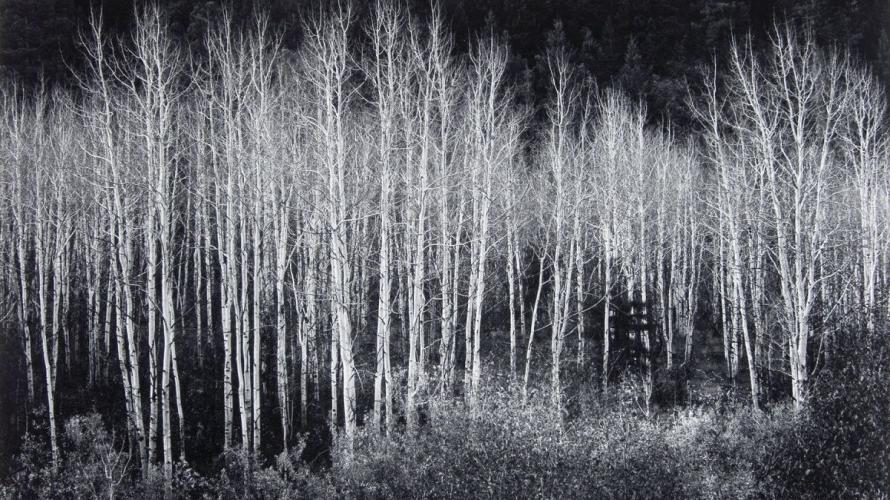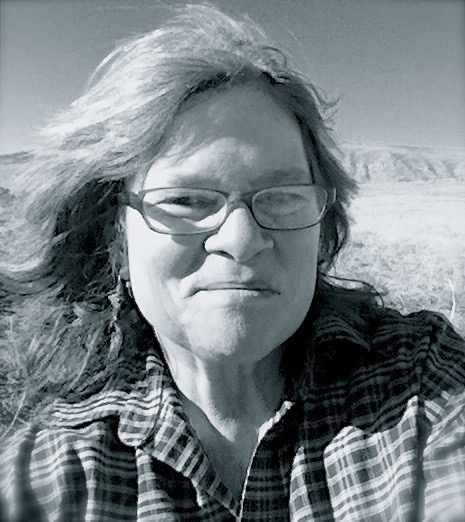
 Jenna Caplette migrated from California to Montana in the early 1970s, first living on the Crow Indian reservation. A Healing Arts Practitioner, she owns Bozeman BodyTalk & Integrative Healthcare. She says, " Health is resiliency, a zest for the journey. It’s about coming awake to the joy of being alive. As a practitioner, its a privilege to facilitate that healing process, to help weave new patterns of health & well-being. “ And by the way, healthier, happier people help create a healthier, happier world.
Jenna Caplette migrated from California to Montana in the early 1970s, first living on the Crow Indian reservation. A Healing Arts Practitioner, she owns Bozeman BodyTalk & Integrative Healthcare. She says, " Health is resiliency, a zest for the journey. It’s about coming awake to the joy of being alive. As a practitioner, its a privilege to facilitate that healing process, to help weave new patterns of health & well-being. “ And by the way, healthier, happier people help create a healthier, happier world.
When you think of black and white photography, you probably visualize old films and classic iconic prints from master photographers like Ansel Adams.
Kendall Roth of F-11 Photographic Supplies says, “I love black and white photography, love the contrast, love that it is raw. There is nothing to look past, like color, just the image in nothing but representation and gray scale. You can get lost in the imagery and the abstract is so much more abstract in a monochromatic tonal range. That raw feeling is exemplified on film, is a unique vintage style of getting back in tune with your photography on a physical level.”
You don’t have to shoot film to explore the art of black and white photography. Your digital camera can shoot in monochrome and this is the perfect time of year to try. It’s easier to see in black and white when the world around you is black and white, or mono-tone. Montana’s winter and early spring landscapes are rich in subtle tones and stark contrasts.
To begin with, choose a few color shots you think would lend themselves to black and white. Look for image editing software that offers tones of black and white — like monochrome, tonal and noir —and study how those filters change the color and texture in your images. Or, duplicate a color image, then edit one as black and white and compare it to the color version. Doing these little tasks help you begin to see in black and white.
To find good subjects for black and white photography, you need to develop the ability to look past the color of reality, and see contrast. For example, a green plant with red berries silhouetted against a blue sky has tonal values that are very similar even though the colors are different. The tones will be difficult to distinguish when that images is taken in, or changed to black and white.
Practice with your exposure. You want to find one that gives more detail in highlights, shadows, and mid-tones. Look at the texture and shape of your subject and how the light interacts with it. Lighting gives images dimension and differentiation; lighting brings life to your image.
Ansel Adams and other photographers pre-visualized what their images would look like before they ever pushed their camera’s shutter button. You want to be able to do the same. As you become more confident, try to make every decision in camera, rather than relying on editing software to make revisions. Just the same, even after you have developed the ability to “see in black and white,” when photographing in digital format, go ahead and shoot in color. When you edit a color image, you have more control over the editing process and you may decide that you prefer the image in color.
During your editing process, play around with the visual impact changes when you lighten or darken different parts of the image. Or, add a warming or cooling filter to give your image more feeling!
Black and white photography accentuates the quality of light and shadow., Its elegant simplicity evokes subtle moods difficult to express in color. It’s an invitation to express what you see in fresh ways. Doug Bundren, co-owner of F-11 Photographic Supplies says, “The best way to learn photography is to do it.” So get out there and give black and white photography it a try.
